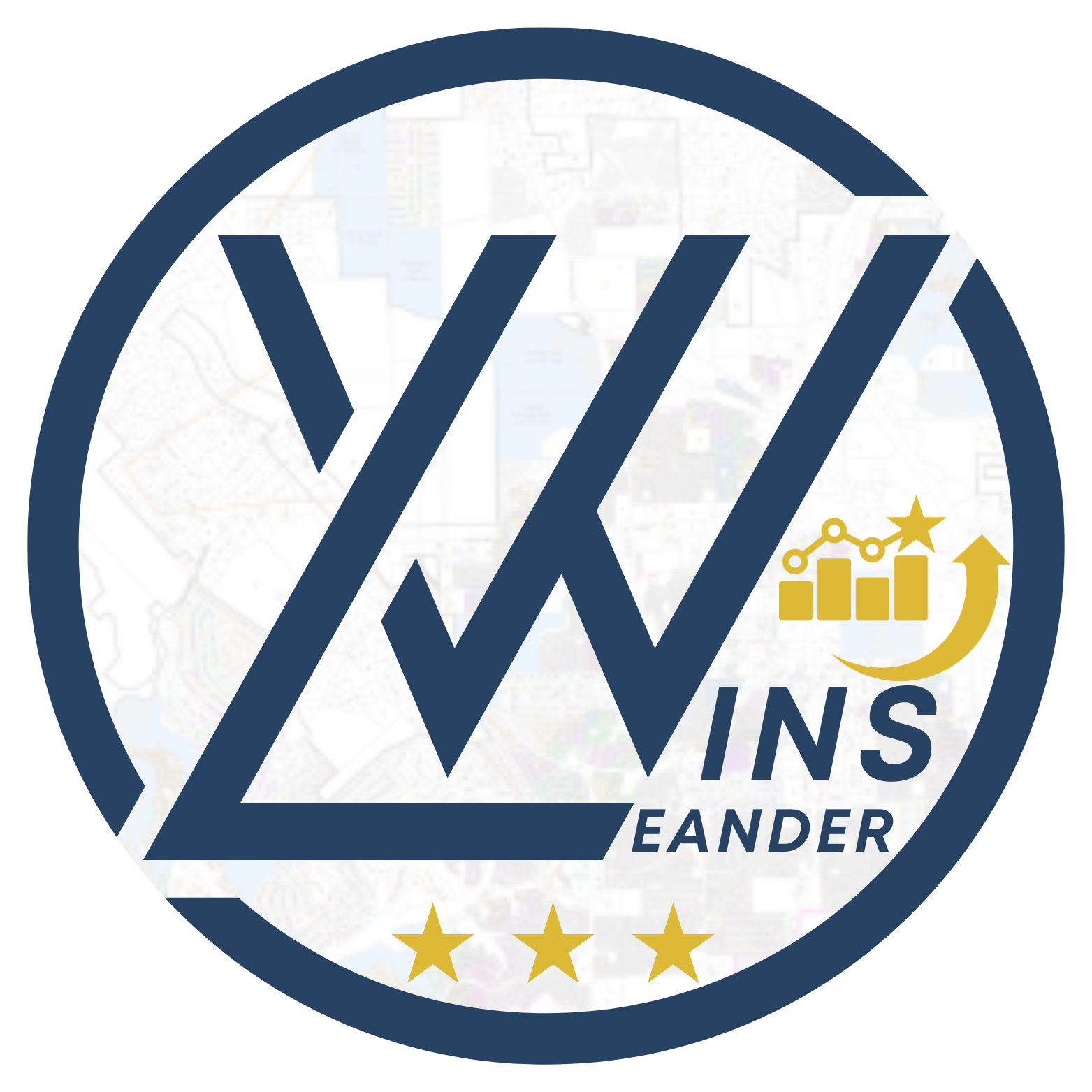When done well, city plans can make a big difference in the lives of residents. They help lower
city expenses, raise property values, and reduce the need for tax increases. As Leander works on updating its Comprehensive Plan, it must think about how this plan connects to others. Some plans are smaller and depend on the city’s decisions, while others are larger and focus on areas like public utilities or regional goals.
For the smaller plans, the city can decide whether to include them in its strategy or set them
aside. But larger, regional plans often don’t fully align with the city’s goals, since they focus on
broader issues or trends. This can make it tricky for the city to balance all these moving pieces.
So, what should the city do? How can it stay on top of all these challenges? While it’s a tough
job, the city has tools, influence, and the power to shape its future. By staying proactive and
thoughtful, Leander can build a plan that reflects its vision and serves its community well.
As part of this discussion let’s look at one area – transportation as it relates to Leander – there are the ascendant plans:
The Austin Strategic Mobility Plan
The Williamson County Long Range Transportation Plan
The Texas Transportation Plan 2050
And then there is the Leander Transportation Master Plan that was revised in 2021. Each of these plans addresses transportation that affects Leander in some manner. The State has their plan as it relates to US 183, the Counties have plans related Ronald Reagan, San Gabriel Parkway, Bagdad, Hero Way, and Leander has its own plans related to some of the same roads that fall under these government agencies and those that don’t.
Each of these plans have areas of coordination and conflict built into them. Each of these plans has its priorities that could conflict with each other. There is also a structure where each agency attempts to get cost sharing and funding for each project in ascendancy all the way to the national level. For this to work it takes a lot of coordination or coercion, depending on how each party prioritizes their plan.
As you drive north on Bagdad, north of Collaborative Way you see a pretty good example of competing plans, where the City of Leander is putting in a traffic signal and widening Bagdad to create a turn lane for safety reasons. If you continue north and you will see Williamson Counties efforts on widening Bagdad to a three lane roadway, with a center turn lane. If you look at Leander’s Transportation Master Plan you will see that they have plans to do a corridor study of Bagdad Road on the northern ETJ (Extra-Territorial Jurisdiction) edge to the southern ETJ in 2026. On the face of it, it appears that the study would happen after the County widens the road, which would likely point toward safety and traffic control improvements in this area in the coming years. Williamson County’s efforts were telegraphed in their Long Range Transportation Plan.
If you look through the Plans that I have listed in this blog you will see a lot of complementary ideas, ideas in conflict, and ideas that are placeholders for the future. In order for the City and Council to navigate all this information it requires City Staff to have the relationships at all levels and regular communication. This can be a herculean effort to maintain at all levels.
In my next blog – we will delve deeper into how we communicate and work with the County and State and influence plans for the benefit of Leander.


Leave a Reply